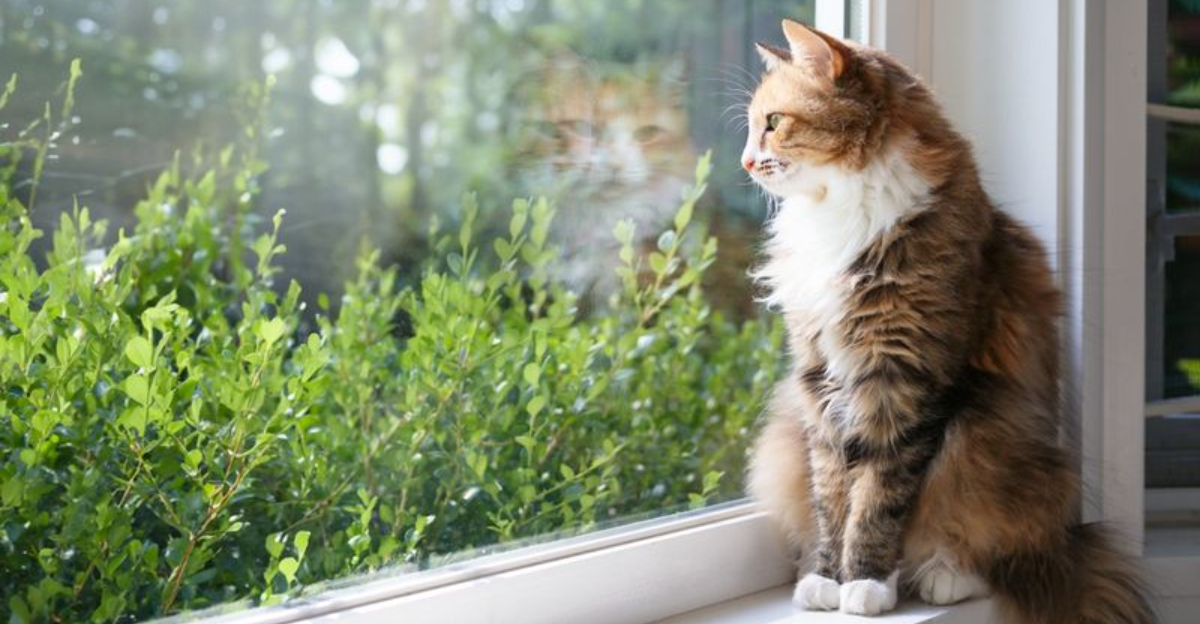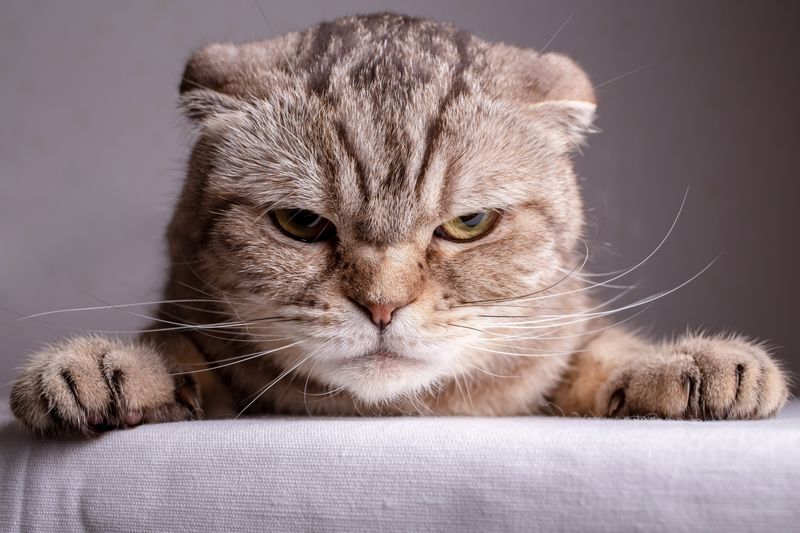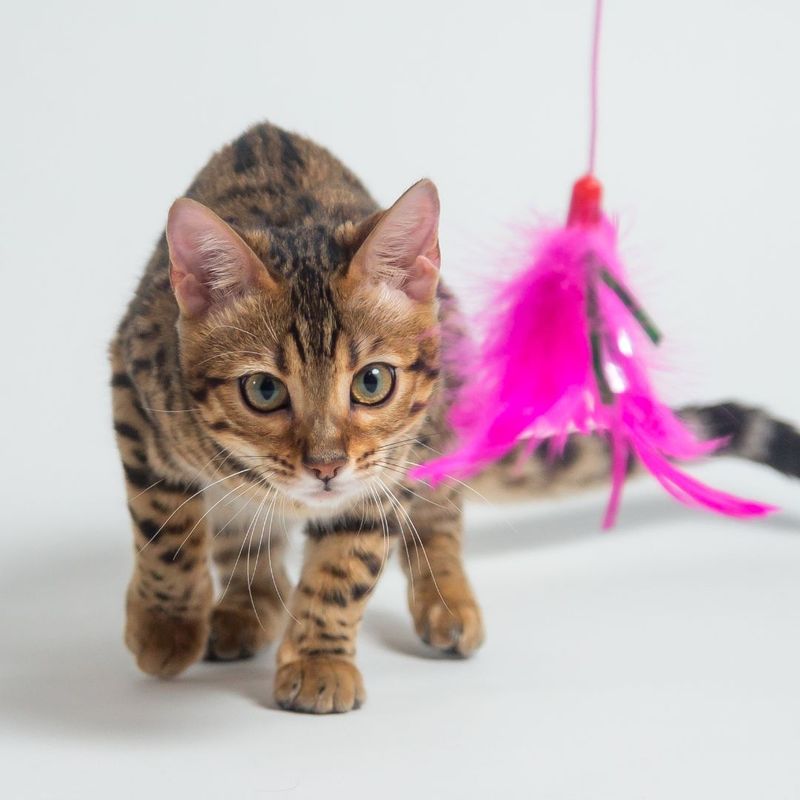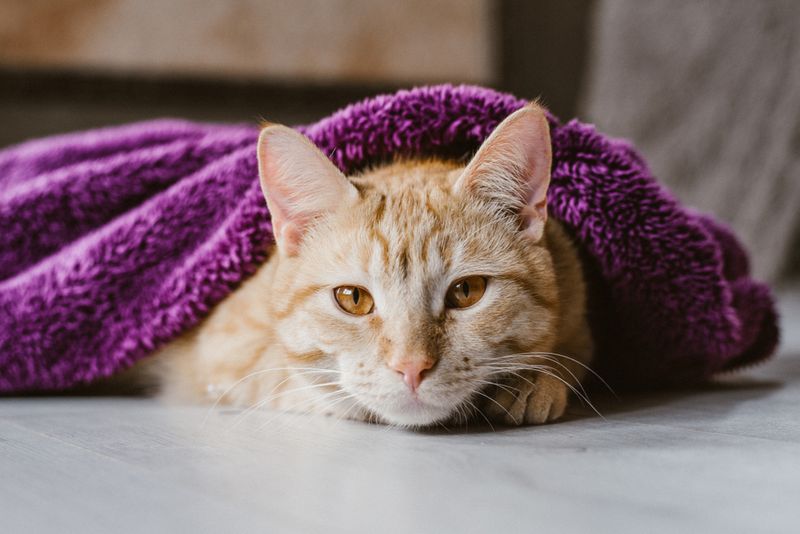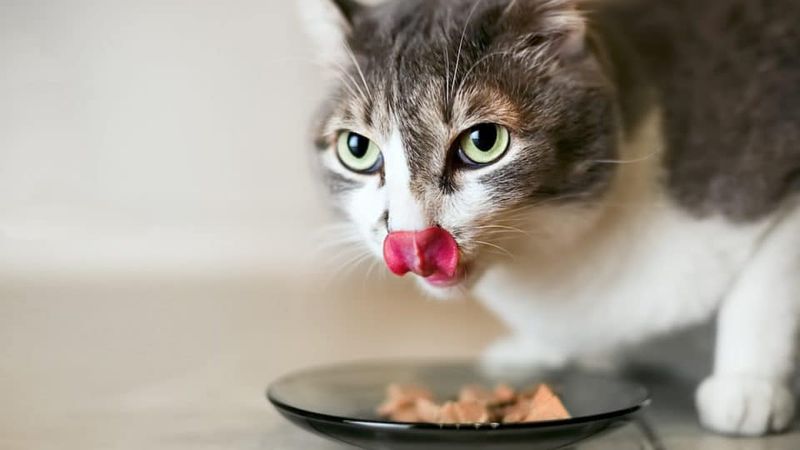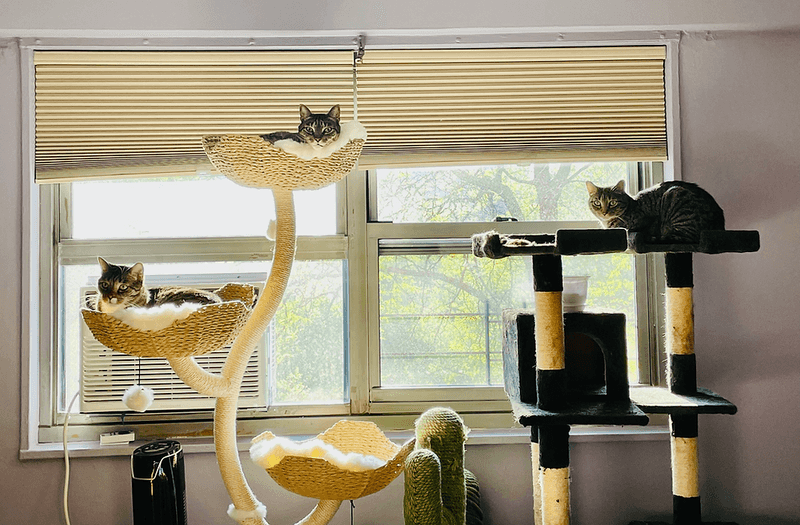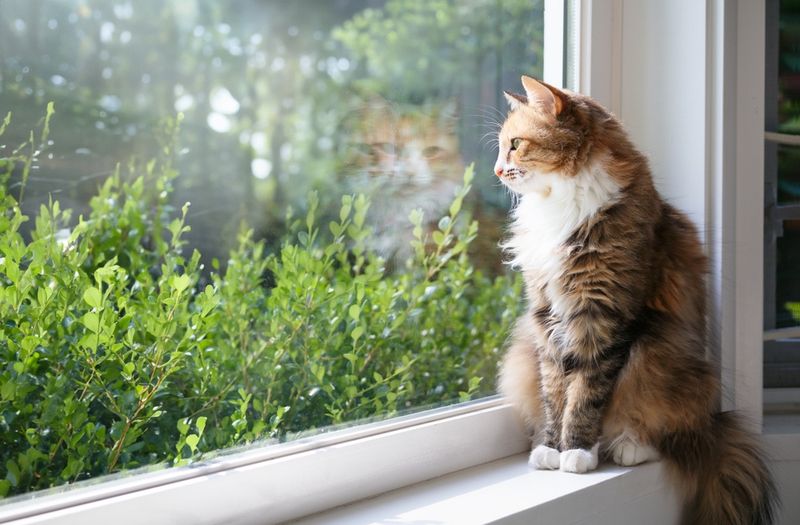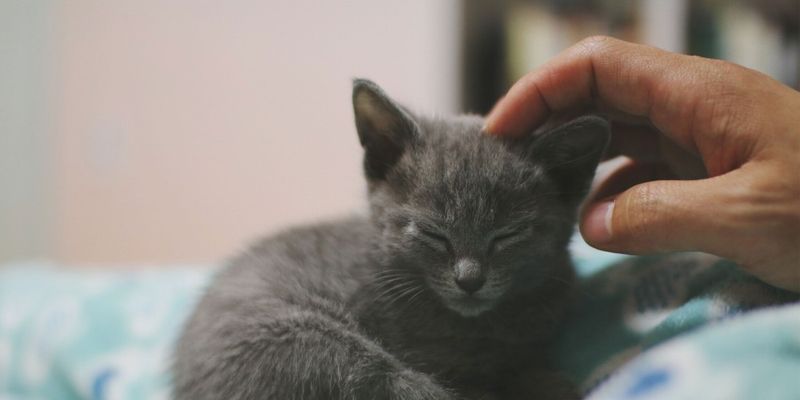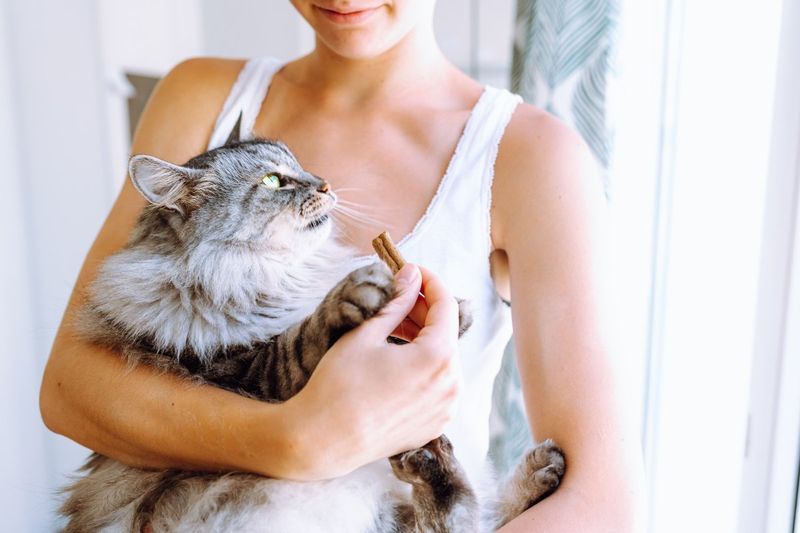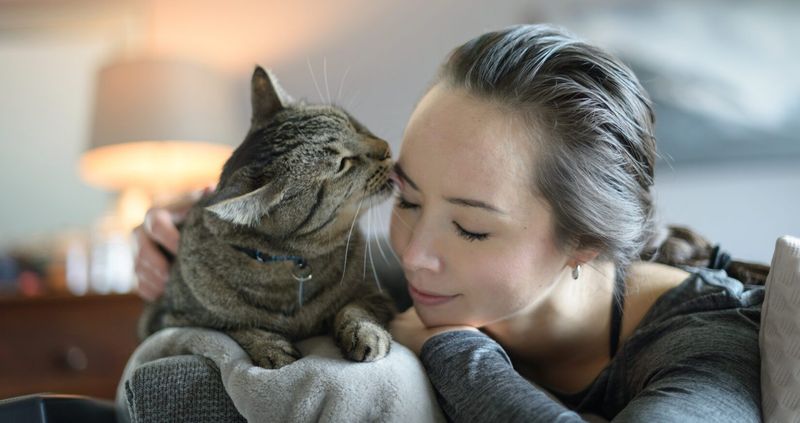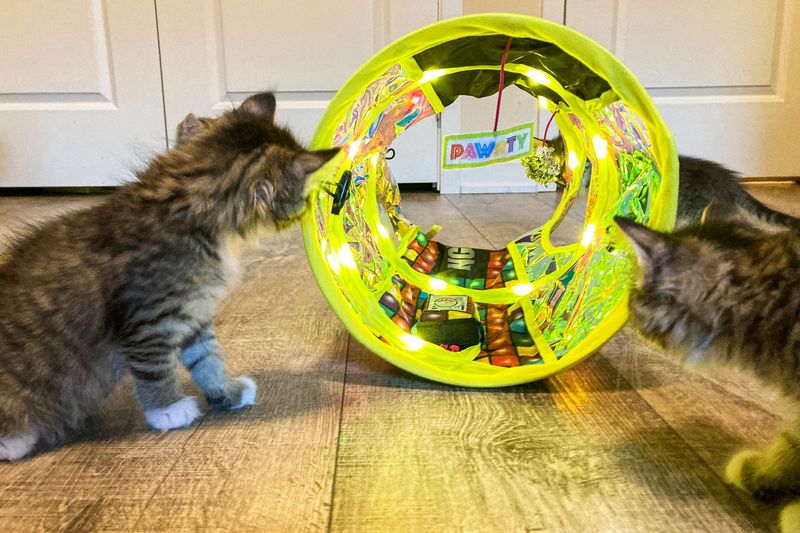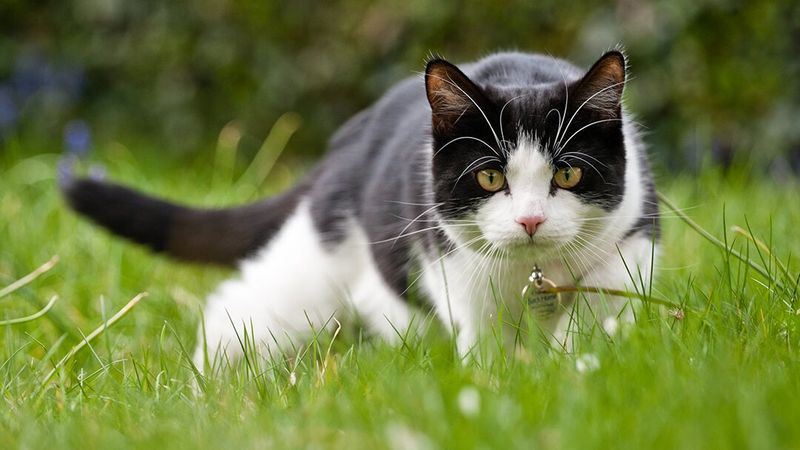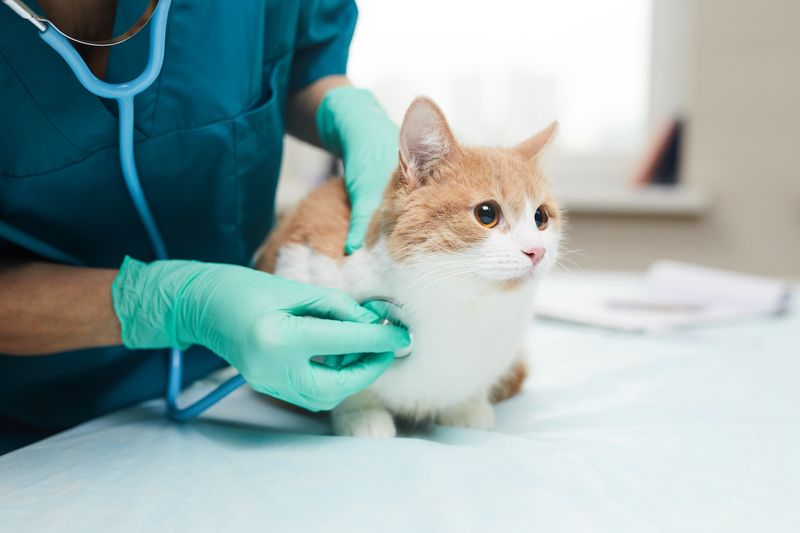📖 Table of Content:
- 1. Security in Their Territory
- 2. Regular Play Sessions
- 3. Respect for Personal Space
- 4. Consistent Feeding Schedule
- 5. Vertical Space Access
- 6. Quality Alone Time
- 7. Gentle Handling Techniques
- 8. Consistent Daily Routine
- 9. Social Bonding Opportunities
- 10. Mental Stimulation Challenges
- 11. Recognition of Emotional States
- 12. Appropriate Healthcare Attention
Cats may seem mysterious and independent, but they have complex emotional lives just like we do. Behind those whiskers and purrs, your feline friend is constantly communicating their needs to you. Understanding what your cat is trying to tell you can strengthen your bond and help ensure they live their happiest, healthiest life. Let’s explore the emotional needs your cat is silently communicating every day.
1. Security in Their Territory
Cats view your home as their kingdom. When they rub against furniture or scratch certain areas, they’re marking their space with scent glands to create a sense of security.
Changes to their environment can trigger anxiety. Moving furniture, bringing new people home, or even rearranging their food bowls might stress them out more than you realize.
Providing stable, predictable surroundings helps your cat feel safe. Consider creating dedicated cat zones with hiding spots, perches, and familiar scents where they can retreat when feeling overwhelmed.
2. Regular Play Sessions
Your seemingly lazy cat actually craves mental and physical stimulation. Those sudden bursts of energy at 3 AM? That’s their hunting instinct begging for an outlet.
Daily play mimics hunting behaviors cats would naturally engage in. Without it, boredom can lead to depression, obesity, and unwanted behaviors like excessive grooming or aggression.
Set aside 10-15 minutes twice daily for interactive play. Wand toys that mimic prey movements are particularly effective. Rotating toys keeps experiences fresh and exciting for your feline friend.
3. Respect for Personal Space
Through their body language, cats show when they need distance. Flattened ears, a twitchy tail, or avoiding eye contact means give them room. Ignoring these cues and forcing interaction leads to stress and damages trust.
Unlike dogs, most cats prefer affection on their terms. When your cat walks away mid-petting session, they’re not rejecting you – they’re exercising their independence.
Allow your cat to initiate and end interactions. This respect builds a foundation of trust. Many cats actually become more affectionate when they realize their boundaries will be honored.
4. Consistent Feeding Schedule
Food security is deeply connected to emotional well-being for cats. In the wild, uncertain meals create stress, and domestic cats retain this sensitivity to feeding routines.
Late meals can trigger anxiety behaviors like excessive meowing, pacing, or aggression. Your cat isn’t just being demanding – they’re experiencing genuine distress about a basic survival need.
Automatic feeders can help maintain consistency when your schedule varies. For multi-cat households, providing separate feeding stations prevents resource guarding and ensures each cat can eat without stress.
5. Vertical Space Access
Climbing is hardwired into your cat’s DNA. Heights provide safety, observation points, and exercise opportunities. When your cat perches on top of your refrigerator, they’re fulfilling a deep instinctual need.
Limited vertical options can create territorial conflicts in multi-cat homes. Without enough high spots, cats may feel vulnerable and exhibit stress behaviors.
Cat trees, wall shelves, and cleared bookcase tops create an enriching vertical landscape. Strategic placement near windows adds visual stimulation, allowing your cat to safely monitor “their” outdoor territory while satisfying their climbing instincts.
6. Quality Alone Time
Solitude serves an important purpose in feline emotional health. Cats process experiences and recharge through quiet time, similar to how humans might need downtime after socializing.
Hidden retreats around your home allow cats to decompress while still feeling secure. Cardboard boxes, covered beds, or quiet closet corners serve as perfect sanctuaries.
Children especially need guidance about respecting a cat’s alone time. Teaching kids to recognize when a cat seeks solitude prevents stress for both the child and pet, building healthier relationships.
7. Gentle Handling Techniques
Cats have sensitive bodies with specific handling preferences. When your cat suddenly nips during petting, they’re communicating that something feels uncomfortable or overstimulating.
Most cats dislike belly rubs despite exposing their stomachs. This position actually shows trust that you won’t touch this vulnerable area! Learning your specific cat’s touch preferences builds stronger bonds.
Observe which petting styles your cat enjoys. Many prefer gentle strokes on the head, cheeks, and along the back. Avoiding sensitive areas like paws and tail unless your cat specifically enjoys it shows respect for their physical boundaries.
8. Consistent Daily Routine
Routine creates a sense of security for cats. They’re creatures of habit who thrive when daily activities follow predictable patterns. Your cat likely knows exactly when you normally arrive home!
Major disruptions to routine can trigger stress behaviors like inappropriate elimination or excessive grooming. Cats lack the context we have for schedule changes, making consistency especially important to their emotional health.
Maintaining regular times for feeding, play, and sleep helps your cat feel secure. When changes are necessary, introducing them gradually and providing extra attention helps your cat adapt with minimal stress.
9. Social Bonding Opportunities
Contrary to their independent reputation, cats form deep social attachments. When your cat follows you from room to room or sleeps near you, they’re expressing their desire for companionship.
Cats create bonds through specific behaviors. Slow blinking at your cat communicates trust and affection in their language. Responding to these “cat kisses” strengthens your connection.
Quality time doesn’t always mean active play. Simply being present while reading or watching TV allows your cat to enjoy your company on their terms. These quiet moments of togetherness satisfy their need for social connection while respecting their independent nature.
10. Mental Stimulation Challenges
Cats have nimble minds that need regular exercise. Problem-solving activities tap into their natural intelligence and hunting instincts. Without mental challenges, boredom can lead to destructive behaviors.
Food puzzles transform mealtime into engaging brain games. Starting with simple designs and gradually increasing difficulty keeps your cat interested and prevents frustration.
Rotating toys weekly keeps experiences novel. Even cardboard boxes with holes cut in different places can become fascinating exploration tools that stimulate curiosity. These environmental enrichments satisfy your cat’s need for mental engagement while preventing cognitive decline as they age.
11. Recognition of Emotional States
From happiness to fear and everything in between, cats experience many emotions. Their body language offers clear clues about how they feel, though these signals can be easy to overlook.
A rapidly swishing tail indicates irritation, while a gently curled tail tip shows happiness. Dilated pupils can signal excitement or fear depending on other body cues. Learning these subtle signals helps you respond appropriately.
Acknowledging your cat’s emotions builds trust. If your cat shows fear during thunderstorms or when the vacuum runs, providing a safe retreat rather than forcing “bravery” shows respect for their feelings and strengthens your bond.
12. Appropriate Healthcare Attention
As a survival instinct, cats hide discomfort and sickness, making small shifts in behavior your best clues that they’re unwell.
Emotional well-being connects directly to physical health. Changes in litter box habits, appetite, grooming, or social interaction can signal both physical and emotional distress requiring veterinary attention.
Regular wellness exams catch problems early. Carrier training using positive associations reduces stress during vet visits. Recognizing your cat’s need for healthcare attention, even when they try to mask symptoms, shows the deepest form of care and understanding for your feline companion.
